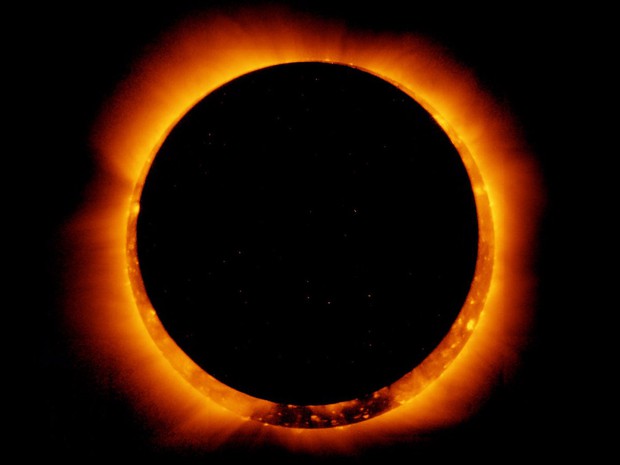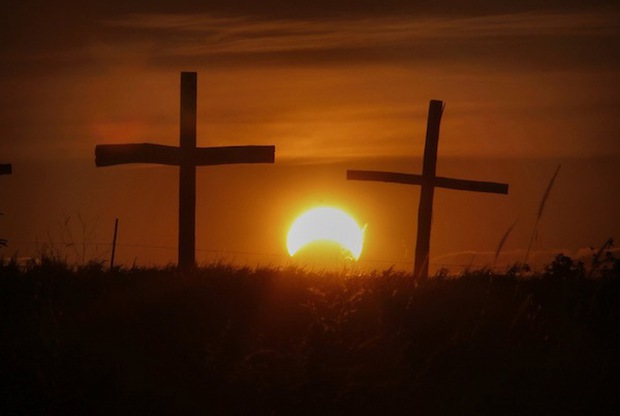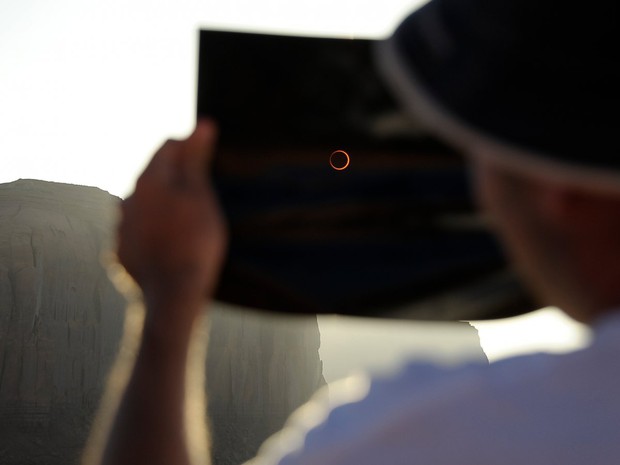Astronomy enthusiasts in Central Africa, Madagascar and the southern Indian Ocean will have the opportunity to see this astonishing astronomical phenomenon.
On September 1 at 2 a.m. EST (1 p.m. Vietnam time), astronomers from Central Africa, Madagascar and the southern Indian Ocean will have the opportunity to view the extremely interesting astronomical phenomenon – the annular eclipse.
According to experts, the Earth’s orbit around the Sun and the Moon’s orbit around the Earth is elliptical, so the distance between celestial bodies is not fixed.
Basically, the distance from the Sun to the Earth is about 400 times that of the Earth to the Moon, and the diameter of the Sun is also greater than the diameter of the Moon in the same ratio.
There are cases of eclipses that occur when the Earth is located at points close to the Sun and the Moon is located at a point far from Earth in orbit. At this time, the Moon and the Sun are now two concentric circles but the Moon is smaller.
Because the Moon cannot completely cover the Sun, leaving a shiny ring-shaped edge, this is called an annular eclipse. This annular eclipse should last about 10 minutes.
However, unfortunately in Vietnam it is not possible to observe the annular eclipse this time.
If you are in an area where the phenomenon is present, you should absolutely not observe the eclipse directly with the naked eye, looking through binoculars and cameras as sunlight can cause eye damage or even Blindness.
Therefore, if you want to admire the phenomenon, you must observe it through filters, filters, filter films, ground observations, buckets of water…





